“Folkestone is a hidden gem – inspiring, by the sea, relatively affordable, and only an hour…
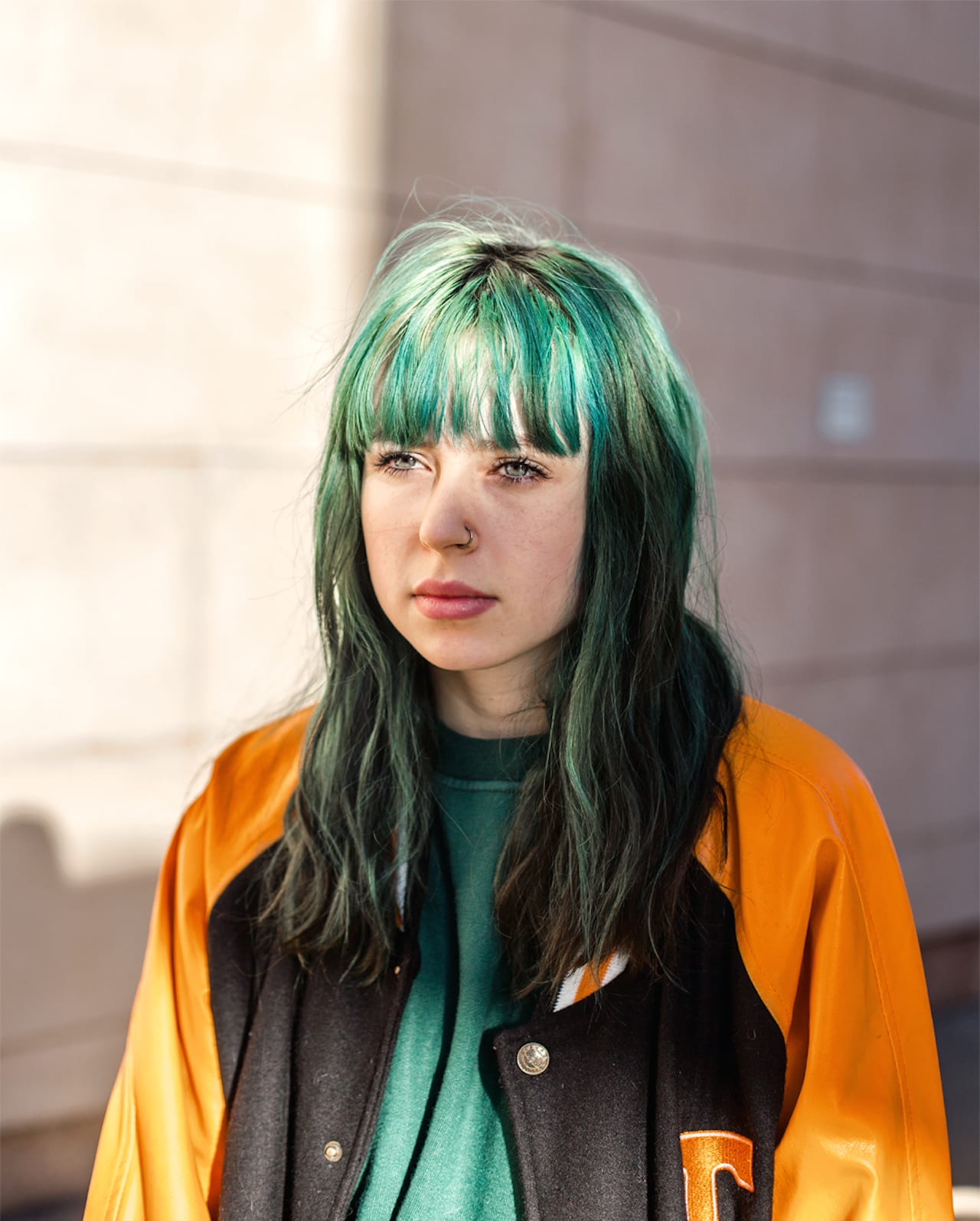

“Folkestone is a hidden gem – inspiring, by the sea, relatively affordable, and only an hour…

“The Garden Gate Project has a reputation in my neighbourhood,” says Jason Evans, who has just published a zine with participants from the Margate-based charity. “Established almost 20 years ago for people with learning difficulties and/or mental ill health, the Garden Gate Project is visited by various members of the community for a range of seasonal activities.” He was volunteering there two years ago when the organisers realised he was a photographer, and invited him to come up with ideas for the programme, which centres mainly on Horticultural Therapy. His first project with GGP was Tool Shed Dark Room, which saw Evans improvising with participants “without mains electricity or an enlarger to make photograms using materials from the garden”.
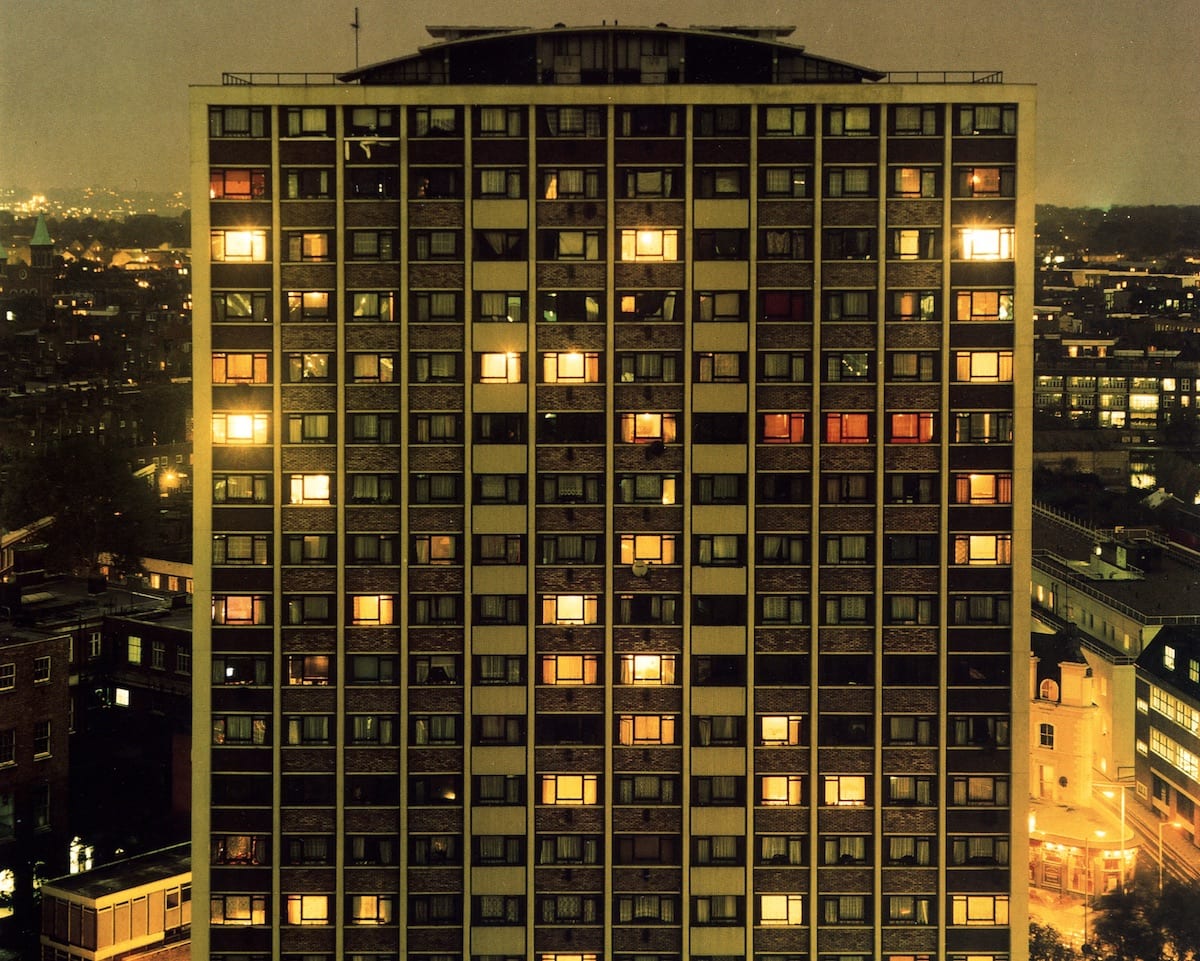
“This trace of communication, this Derridean postcard, started me on a journey to capture the immersive and lyrical potential of London”
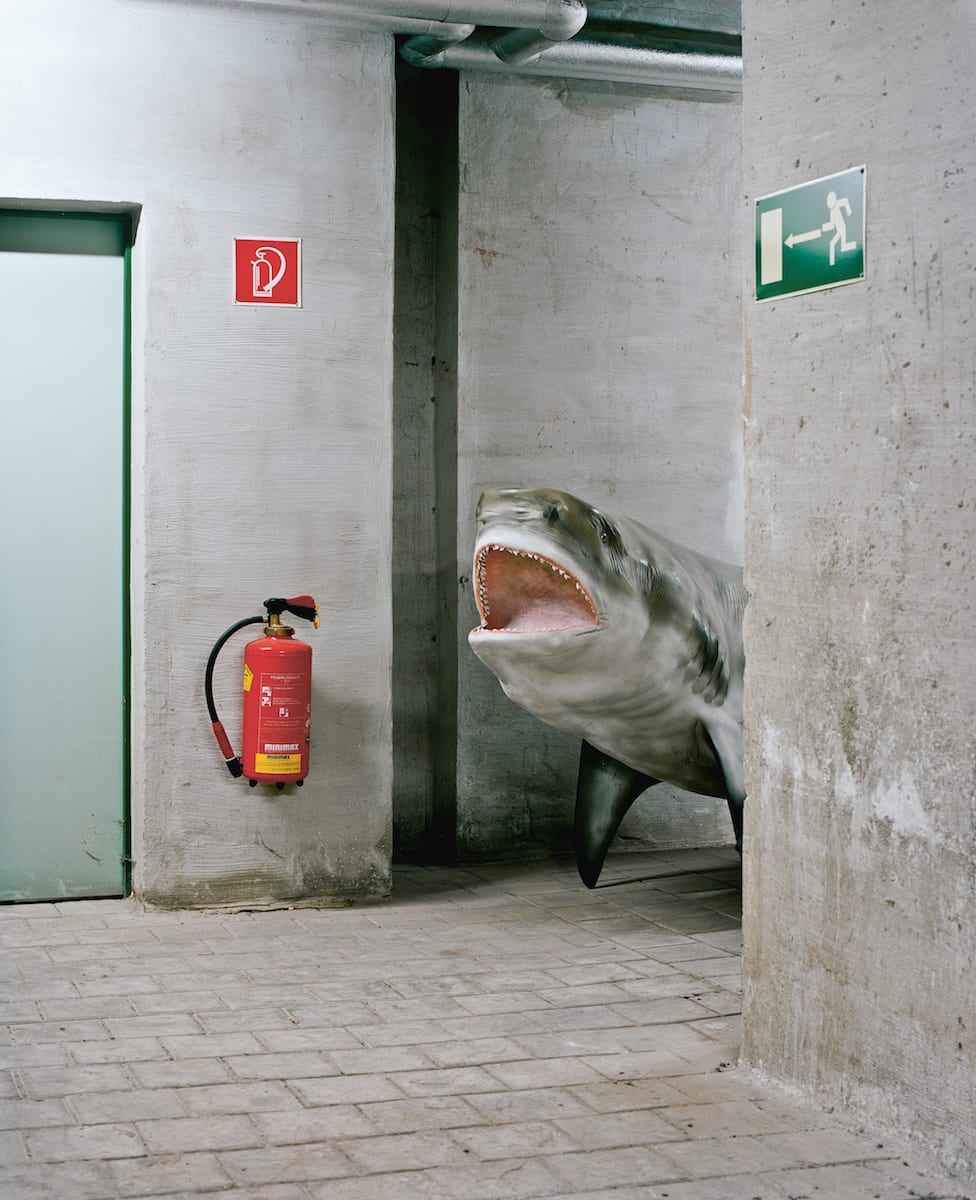
Intrigued by the unknown and obscure, the Austrian photographer delves beyond what first meets the eye
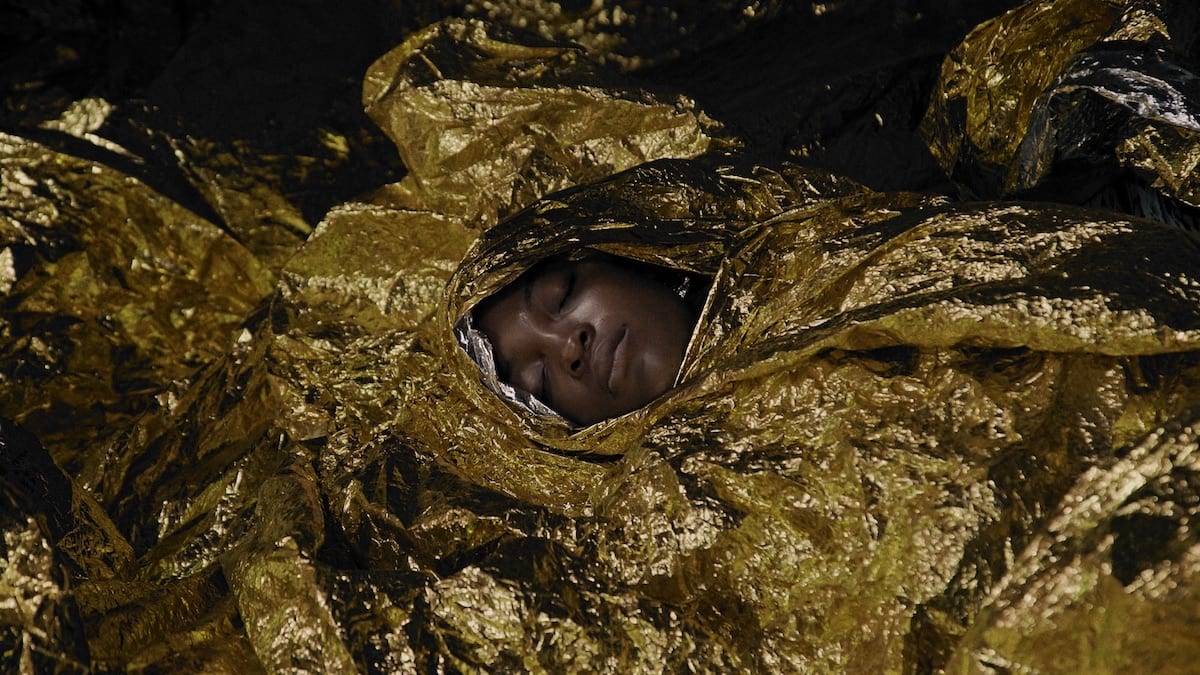
KABK’s first photography MA will explore the power of the medium to incite debate, dialogue, and even change
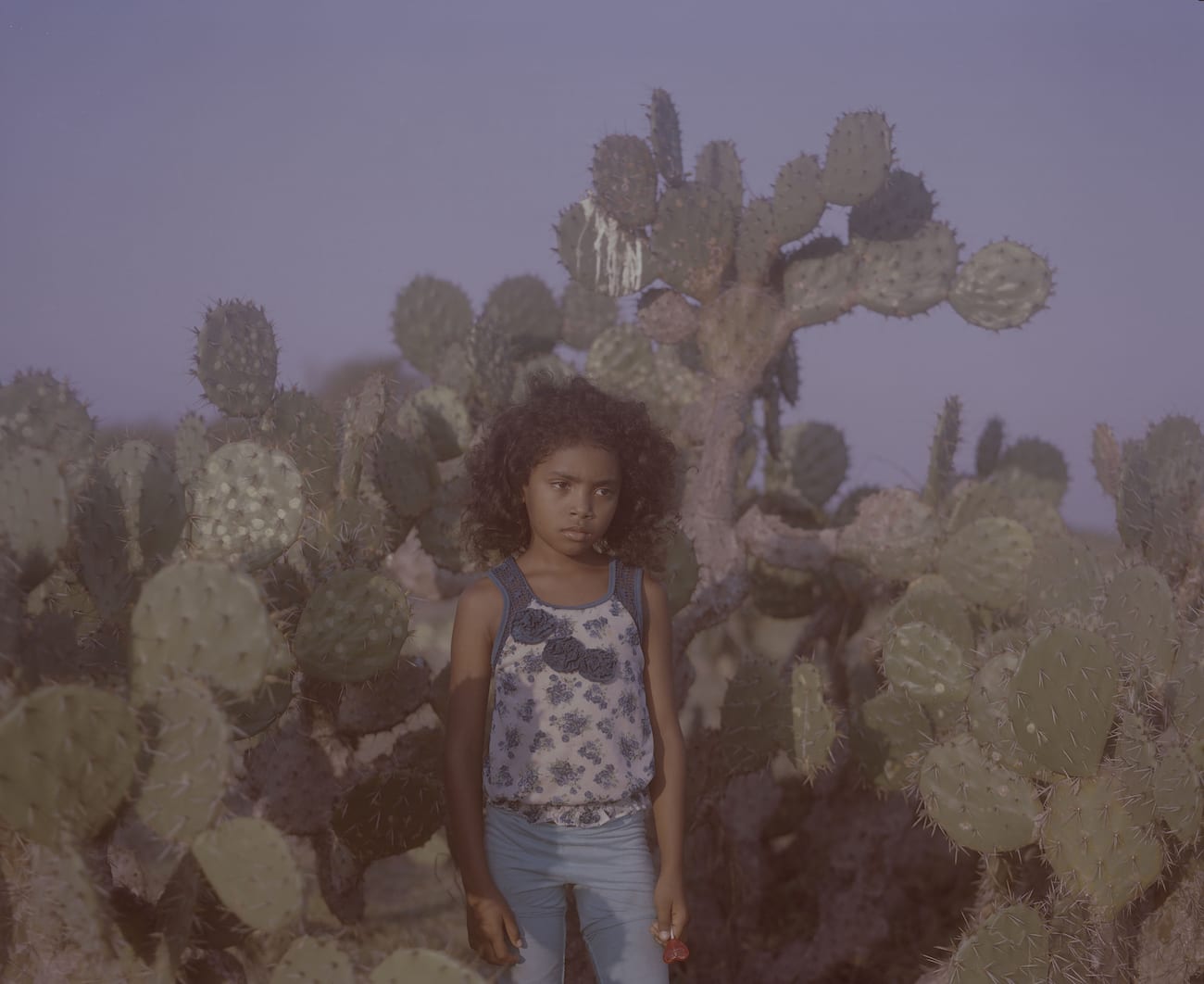
With her tent pitched on a local family’s front garden, Cécile Smetana Baudier spent five weeks photographing Costa Chica’s hidden Afro-Mexican community
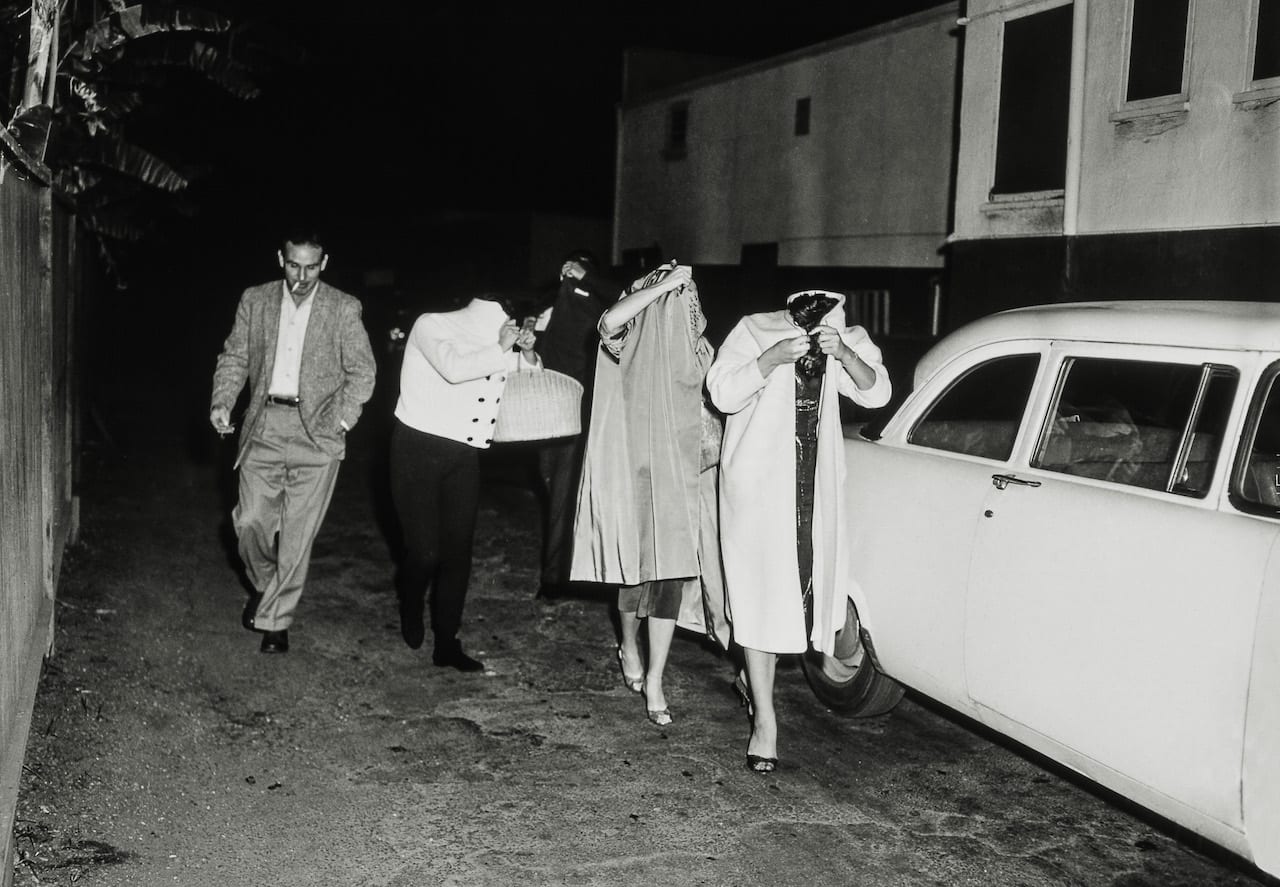
“The streets were dark with something more than night,” wrote Raymond Chandler in The Simple Art of Murder (1950). Born in Chicago but brought up in Los Angeles, Chandler helped create the genre that became synonymous with the City of Angels – the grimy, morally ambiguous Noir. And, suggests a new book by Taschen’s executive editor Jim Heimann, there’s good reason why LA gave birth to Noir. A small (though already shady) city until 1892, it was transformed when oil was discovered in modern day Echo Park. The black gold brought in money, and with it corruption, and a series of lurid real-life crimes. At the same time, Hollywood and the burgeoning newspaper industry helped ensure a plentiful supply of photographers, documenting both the good and the bad to be found.
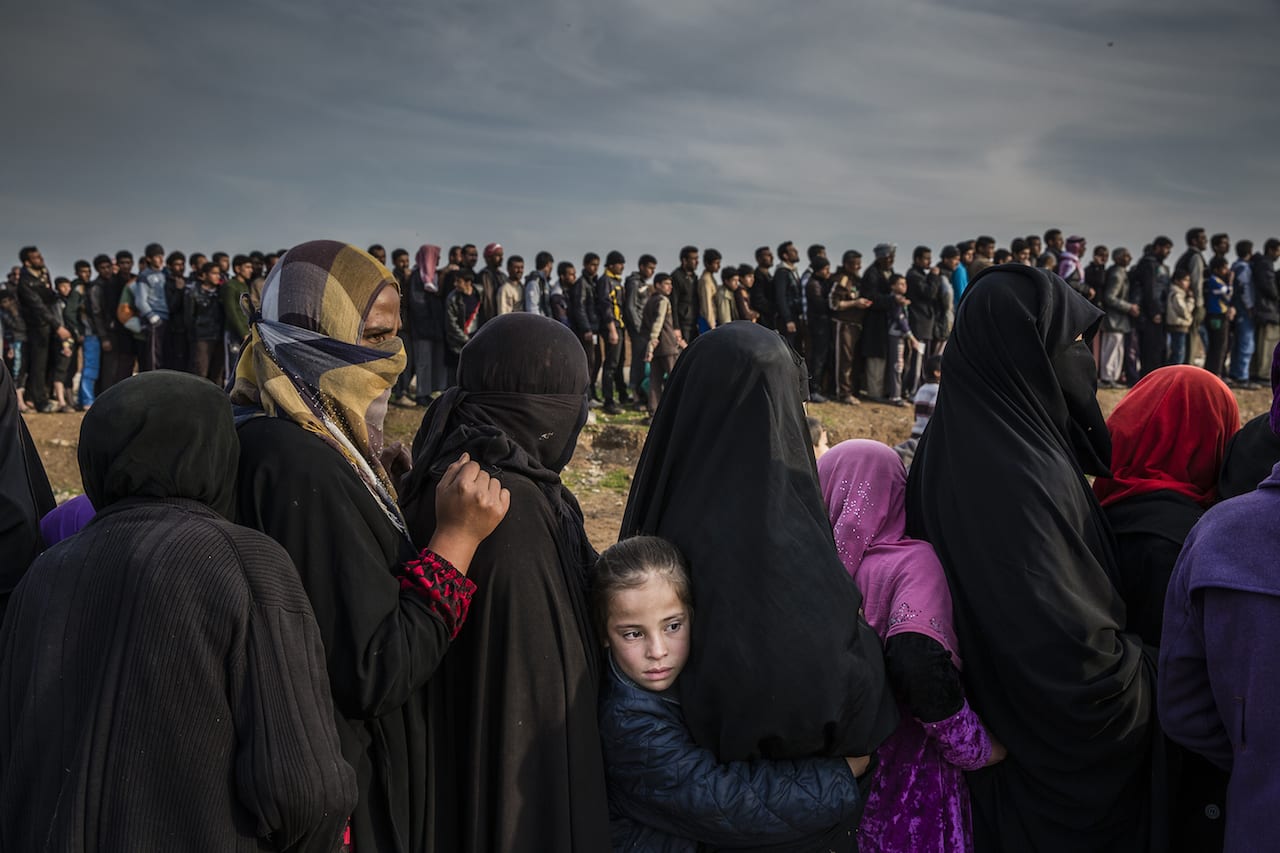
“It’s crazy, I can’t believe it,” says Ivor Prickett, of his two nominations for the World Press Photo of the Year award. “Out of a line up of six, to have two images seems insane considering the amount of great work being produced last year. I can’t quite believe it.” He’s on the phone from Iraq where he’s headed back back to Mosul, the city he’s been photographing for well over a year. Iraq’s second biggest city, Mosul was taken by ISIS militants in June 2014; in October 2016 Iraqi troops began a major offensive to regain the city, the largest military operation since the 2003 invasion of Iraq, and Prickett joined them right away. Originally from Ireland, he’s been based in the Middle East since 2009 and says that “as a reporter in the region, I couldn’t help but cover it”.
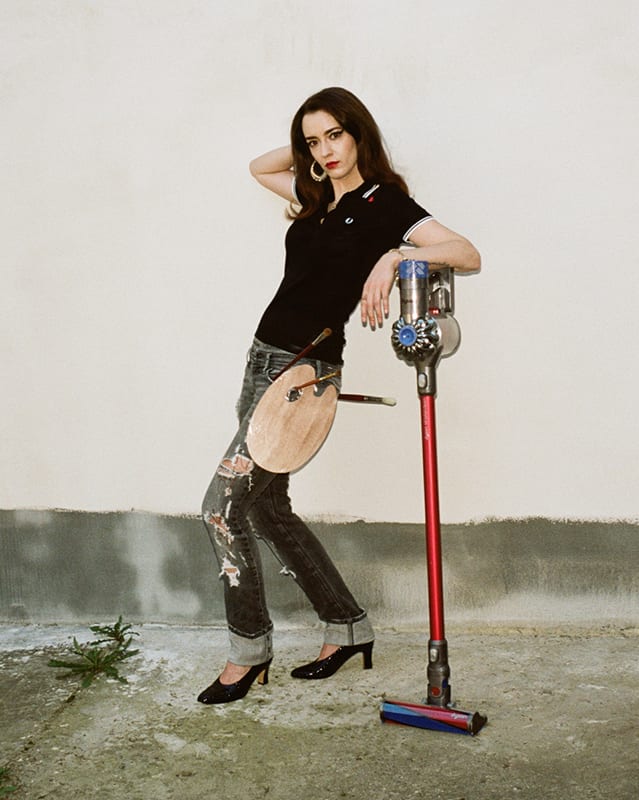
With her distinct photographic style, the Austrian photographer is uniquely positioned to capture the different characters of her sitters